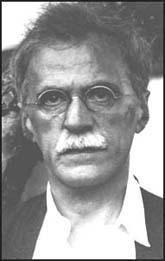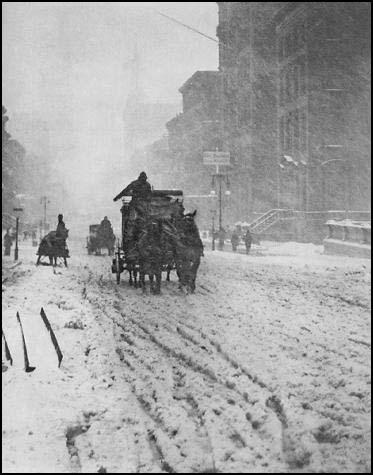Alfred Stieglitz

Alfred Stieglitz, the son of a wool merchant, was born in Hoboken, New Jersey, on 1st January, 1864. Stieglitz was sent to Europe to complete his education and was studying at the Berlin Polytechnic in 1883 when he discovered photography. He switched from mechanical engineering to photo-chemistry and began taking photographs. Stieglitz took a keen interest in the history of photography and over the next few years became a leading authority on the subject.
Stieglitz returned to the United States in 1890 where he obtained a reputation as a photographer who liked to overcome technical problems. This including taking the first successful photographs in snow and rain. He also experimented with flash powder so that he could take photographs at night.
Stieglitz was the most influential member of the Club for American Amateur Photographers. A member of the the Camera Club he joined with Clarence White, Edward Steichen, Alvin Langdon Coburn, and Gertrude Kasebier in 1902 to form the Photosecession Group.
Stieglitz also edited the quarterly Camera Work(1903-17) where he passionately advocated that photographs deserved to be judged as works of art. Stieglitz opened the Little Gallery on Fifth Avenue, to promote the work of photographers such as Paul Strand and Edward Steichen. He also ran the Intimate Gallery (1925-29) and An American Place (1929-46). Alfred Stieglitz died on 13th July, 1946.

